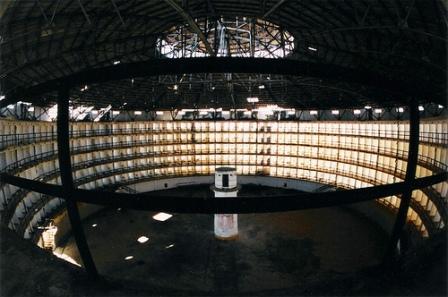Cuba’s Isle of Youth (part 1)
By Osmel Almaguer

Of the islands and cays of the Cuban archipelago, the Isle of Youth (Isla de la Juventud) is second in importance and size. It is the portion of land to the south of the main island of Cuba when you look at a map.
The Isle of Youth doesn’t make its inhabitants younger, or those who visit it. It owes its name to the camps of hard-working youth that lived there in the 1960s and 70s; they came there from all points of the country to urbanize the island.
Prior to this it was known as the “Isle of Pines” or the “Isle of Parrots,” a place of such desolation and poverty that one would have thought the only thing that existed was a few haciendas and the Model Prison, the jail in which many of the country’s most important martyrs and heroes languished.
From a brief study of its history and geography, I learned about the Isle’s marble and citric production, industries in which it leads the rest of the country.

In its caverns have been discovered the remnants of cave drawings. The Isle is a piece of Cuba outside of Cuba, which is why my curiosity and interest in it steadily increased as I was growing up.
Three years ago I was able to fulfill my dream of visiting it. I did it along with my partner of five years, Lisbet, though the relationship would not last a lot after returning from that trip.
At the time we were excited with the idea and prepared everything, including the bus route that would take us to the port of departure in Batabanó, from where we would travel by ship to the island.
To get the tickets it was a virtual odyssey, I spent several days trying to secure them until we were finally able to sign on.
We took the first leg of the trip by bus, and then boarded the Comet, a hovercraft that travels as fast as a motorboat but is as big as a small ship. It was a little more than a two hour to drive to the port, and in two more we were reached land in New Gerona, the capital of the Isle of Youth.
(Continued in Part II)





